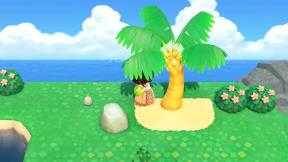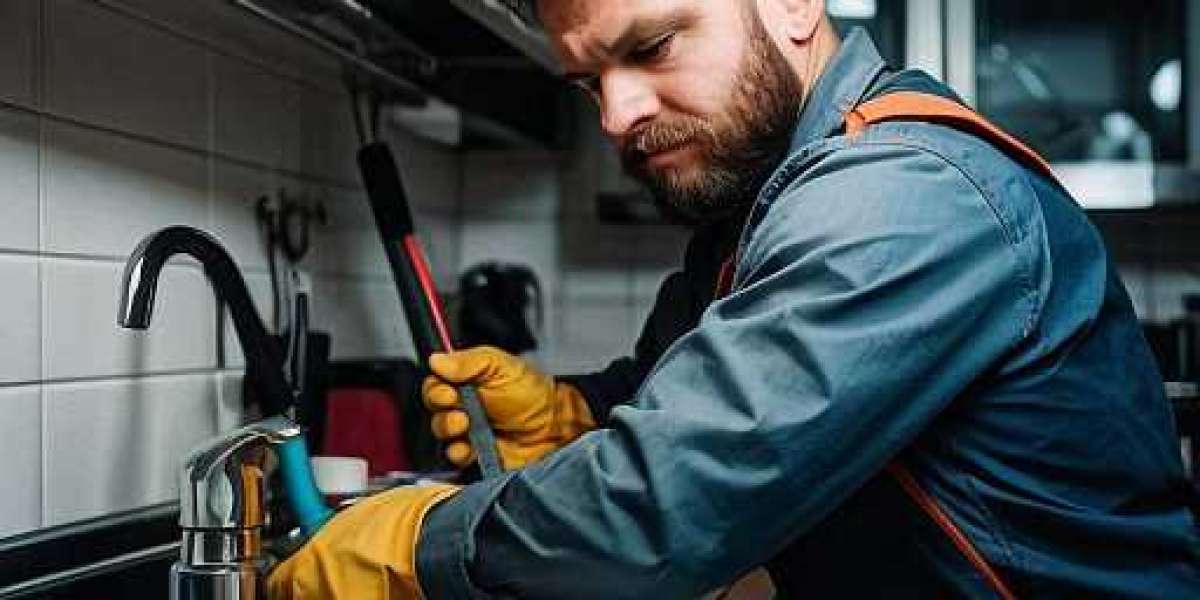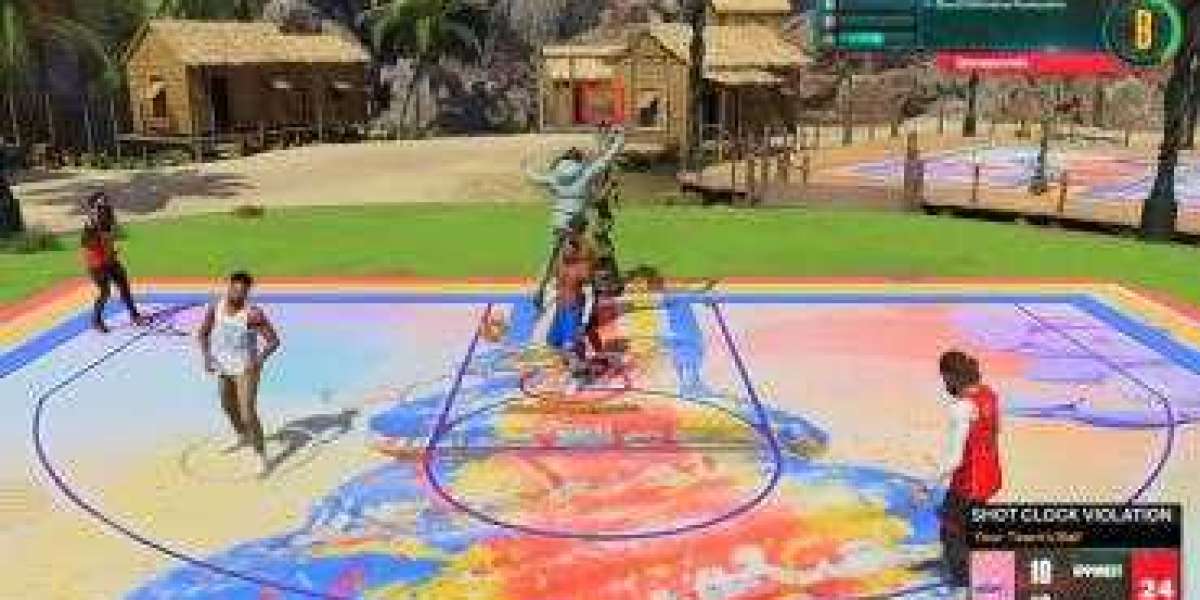It's high time that the museums in Animal Crossing received a comprehensive makeover so that they can better accommodate this role. Historically, museums have been the primary location for players to congregate and trade in their various collectibles, and this trend will likely continue in the future. Even though most games in the series do not introduce all that many new features in comparison to the ones that came before them, the Animal Crossing franchise has grown quite a bit throughout its existence. This is true even though most games in the series do not introduce all that many new characters. Even though most of the games in the series do not introduce a significant number of new characters, this is still the case. Since the first game in the Animal Crossing series was released in 2001, every one of those games has been centred on a quaint village that is inhabited by adorable animal citizens. This has been the case since the beginning of the series. The primary objective of the gameplay loop in Animal Crossing is for players to increase the size of their town and personalize it by buying new furniture and decorations with the money they earn from selling items they have scavenged.
Players can also earn money by scavenging for new items and selling them for a profit.
Players will need to spend the money they make from selling the items they salvage to be successful in this endeavor.
This progression system in Animal Crossing places a significant emphasis on the museum, which plays an essential role in the overall experience.
Within the Animal Crossing video game series, players have the opportunity to unearth a wide variety of collectibles, and the museum acts as a storage facility for all of these items
The Animal Crossing: Wild World installment for the Nintendo DS was the platform on which it made its debut for the very first time.
When the players have been permitted to enter the museum, they will be able to keep any fossils, fish, or insects that they have captured in that location.
In addition to that, they will have the capability of putting any fish that they have caught into storage. After that, the player is at liberty to wander around at their own pace within the museum and take a closer look at all of their trophies. Even though it does a commendable job of fulfilling its intended purpose even at this point, the designers of the next Animal Crossing game might want to think about adding some new features to the museum before they release the game. The museum is an essential component of the gameplay loop in Animal Crossing, and even though it does an admirable job of doing so even now, it was designed with the intention that it would.
It's possible that the Animal Crossing Museum could use some minor tweaks here and there to make the experience more enjoyable for visitors. It is impossible to overstate the significance of the museum in Animal Crossing or the museum's uniqueness in terms of its layout. It is impossible to overstate the significance of the museum. The players of countless video games will spend tens of hours searching the environment for various collectibles that have been strewn about. Players can find these collectibles in a variety of locations. This could take a few days at the very least. In the vast majority of these games, once the item has been obtained, it is promptly ignored and, instead, tucked away inconspicuously within the menu system of the game. Animal Crossing, on the other hand, chooses to recognize its most devoted players by showcasing these collectibles in-game, within the confines of a museum that is designed to look like it belongs in the small town that serves as the setting for Animal Crossing. This museum is designed to look like it belongs in a small town that serves as the setting for Animal Crossing. The appearance of this museum was modelled after that of a building that could have been found in the fictional town of Animal Crossing.
Animal Crossing is one of the few games in which players are permitted to walk up to and admire something that they have spent time catching or finding, and the number of other games that fall into this select group is extremely limited. Animal Crossing is one of the few games in which players are allowed to walk up to and admire something that they have spent time catching or finding. The remaining games in this group are among the rarest in the world.
The fact that each museum in the series has its one-of-a-kind rewarding layout that works wonderfully with Animal Crossing's warm tones makes the experience that much more enjoyable. This layout works wonderfully with the game's aesthetic. Each type of collectible, from fossils to fish to bugs, is arranged in an orderly fashion within its specialized section in Brewster's Cafe, which does an excellent job of dividing everything into manageable chunks. Even though this component has always done an admirable job of handling collectibles, Animal Crossing's museum has not changed all that much in the roughly 18 years since it was first introduced. This is even though this component has always done an admirable job of handling collectibles. This is even though this component has always done an admirable job of handling collectibles. Despite its long track record of success, this component is failing miserably. The upcoming iteration of Animal Crossing should, at long last, be able to give the museum the much-needed makeover that it so justly merits. This will allow it to better showcase its collection of adorable animals. The general configuration of the museum in Animal Crossing does not need to be changed all that significantly; however, it does need more options, both in terms of customization and additional collectibles.
This can be done in two ways. Even though fish, bugs, fossils, and art already provides more than enough collectible content for many players, the next Animal Crossing should provide even more of it. This is because the next Animal Crossing will be even bigger. For example, ancient artifacts and inventions would make a fascinating new category of collectibles, the likes of which one should keep an eye out for. A new area of the museum has been designed to look like an auction house, so priceless antiquities like Grecian urns, Egyptian sarcophagi, and statues of the Terracotta Army may be put up for sale there. The new location will offer the ability for players to conduct their shopping there. The next version of the Animal Crossings Museum needs to make sure that a sizeable portion of the floor space is dedicated to player customization as well. Animal Crossing: New Horizons received one of its final updates, which included a new feature that caused posters to start appearing around the museum if players collected a certain amount of collectibles.
This update also brought the game's total number of updates to a total of seven. This component was included in the game in one of the updates that came before it being discontinued. Only players who had already completed the primary storyline of the game were able to access this additional content within the game. The fact that this is such a cool feature does not alter the reality that this is just the beginning of what will hopefully be many improvements. When the next iteration of Animal Crossing is released, players will be able to customize a sizeable portion of their museum. This will include the color of the paint on the walls, the size of the tanks, the floor tiles, and even the overall room configurations. They will be able to display their collection of rare plants and animals more effectively as a result of this. Players need to get the impression that their Animal Crossing museum is unique in comparison to the museums of everyone else who plays the game.









